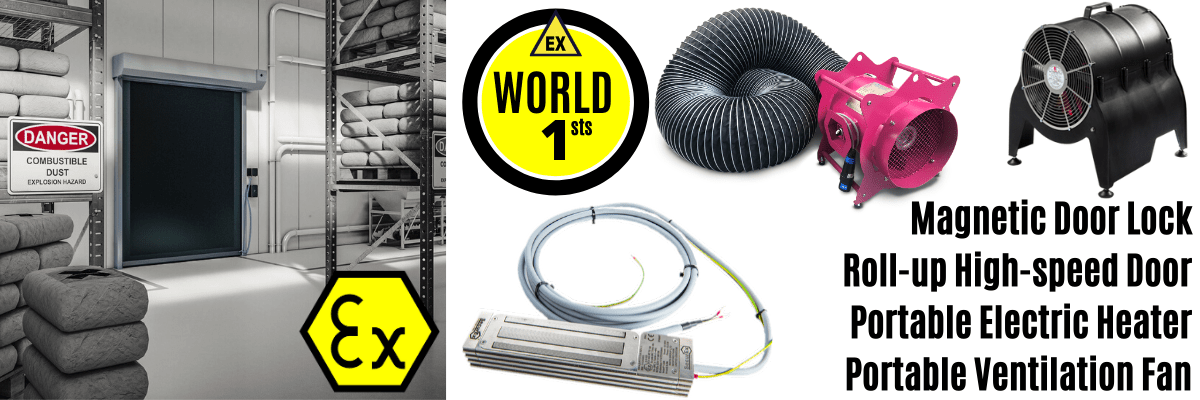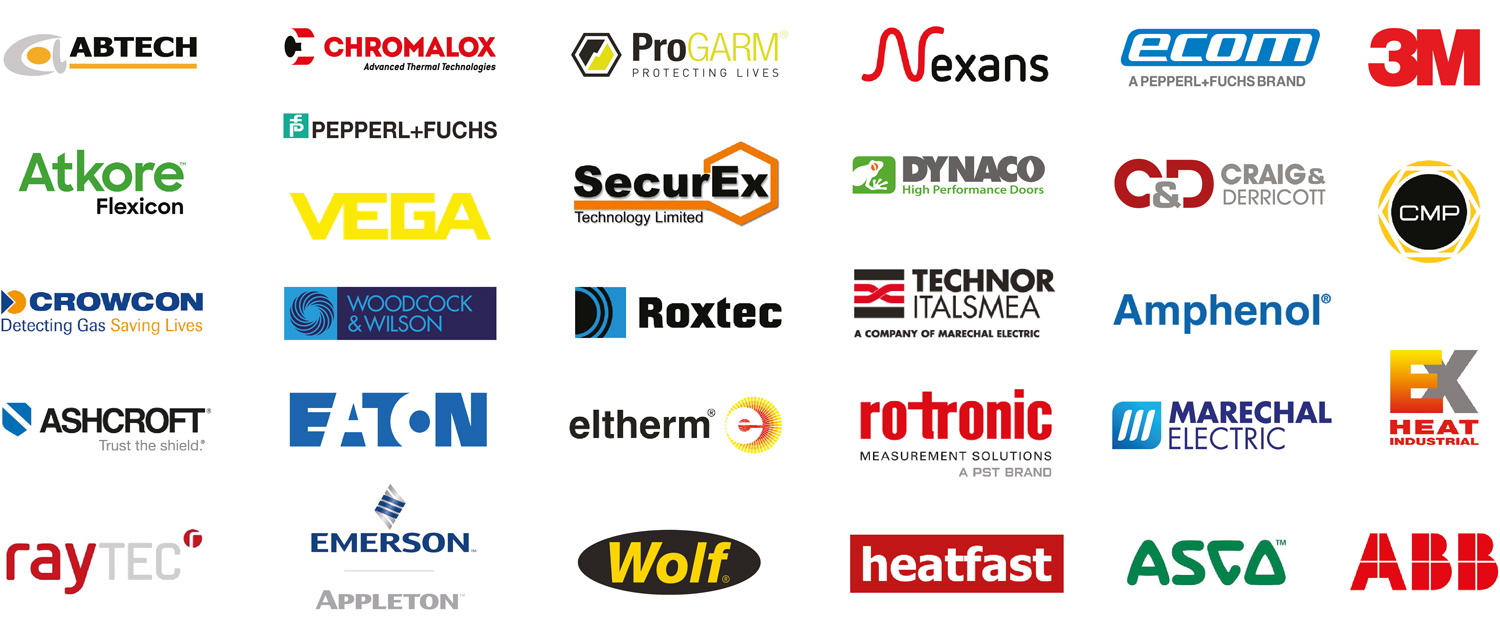Dust Collectors | Questions On The Risk of Fires & Explosions
Published 08 Feb 2021

Guest Article by Sigma HSE
Risk of Fires & Explosions
Dust Collectors
ISO/IEC 17025 Accredited Laboratory
Combustible dust explosions are a risk in many areas of a facility, but one of the most common locations is the dust collection system. Dust collectors are used both as collection and receiving vessels for solid dust. They separate dust from an air stream by using an array of filter bags or filter cartridges. These usually collect the finest and therefore the most easily ignited dust in a process.
According to FM Global, about 50% of dust explosions occur in the dust collector. For this reason, dust collectors are typically the most commonly protected equipment in a facility.
Many collectors handle dust loadings that are below the explosible limit. However, when filter components are cleaned, either by reverse jet or by shaking, explosible concentrations can be reached. In these conditions, an ignition source can be present and thus trigger an explosion. An ignition source may come through: static electricity, mechanical sparking or by incoming burning dust from upstream equipment such as mills or dryers.
In any hazardous area, special precautions have to be taken to ensure that ignition sources are not present and to ensure compliance with ATEX & DSEAR regulations. This includes installation of appropriate electrical equipment, which should only be undertaken by competent personnel, e.g. CompEx certified electricians.
Questions About Your Dust Collection System
General Process Questions
1. Is there a possibility of flammable vapours entering the dust collectors? i.e. Wet solvent layered dust – if so, is the dust collection system suitably ATEX rated?
2. Is there any potential for toxic and hazardous emissions being released at the outlet of the dust collector?
3. Are there regular inspection hatches across piping and ductwork to allow for cleaning of dusts? Is there a robust formal housekeeping and monitoring regime for dusts in your collection system?
Questions on the Explosion Protection System
4. Is there an explosion protection system on your dust collector? Is there an adequate isolation, containment and suppression system?
5. Is there a system to detect overpressure due to blockages and or on the onset of explosion? How often are instrumentation for this safety system maintained and tested?
6. Are explosion panels present on your dust collectors? Is it correctly sized based on the flammability data of the finest powders collected?
7. Where is the explosion relief material being discharged to? Is it in a safe location away from personnel and building structures? Dust Collectors outside of a facility, with explosion relief panels facing a building wall
Questions on the Control of Electrostatic Discharges
8. Is the dust collection equipment and associated pipework suitably grounded to earth?
9. Is there a maintenance schedule to check at regular intervals to ensure electrostatic continuity to earth is maintained?
10. Are operators given proper DSEAR training and are aware of the importance of controlling potential ignition sources for the dust collection system?
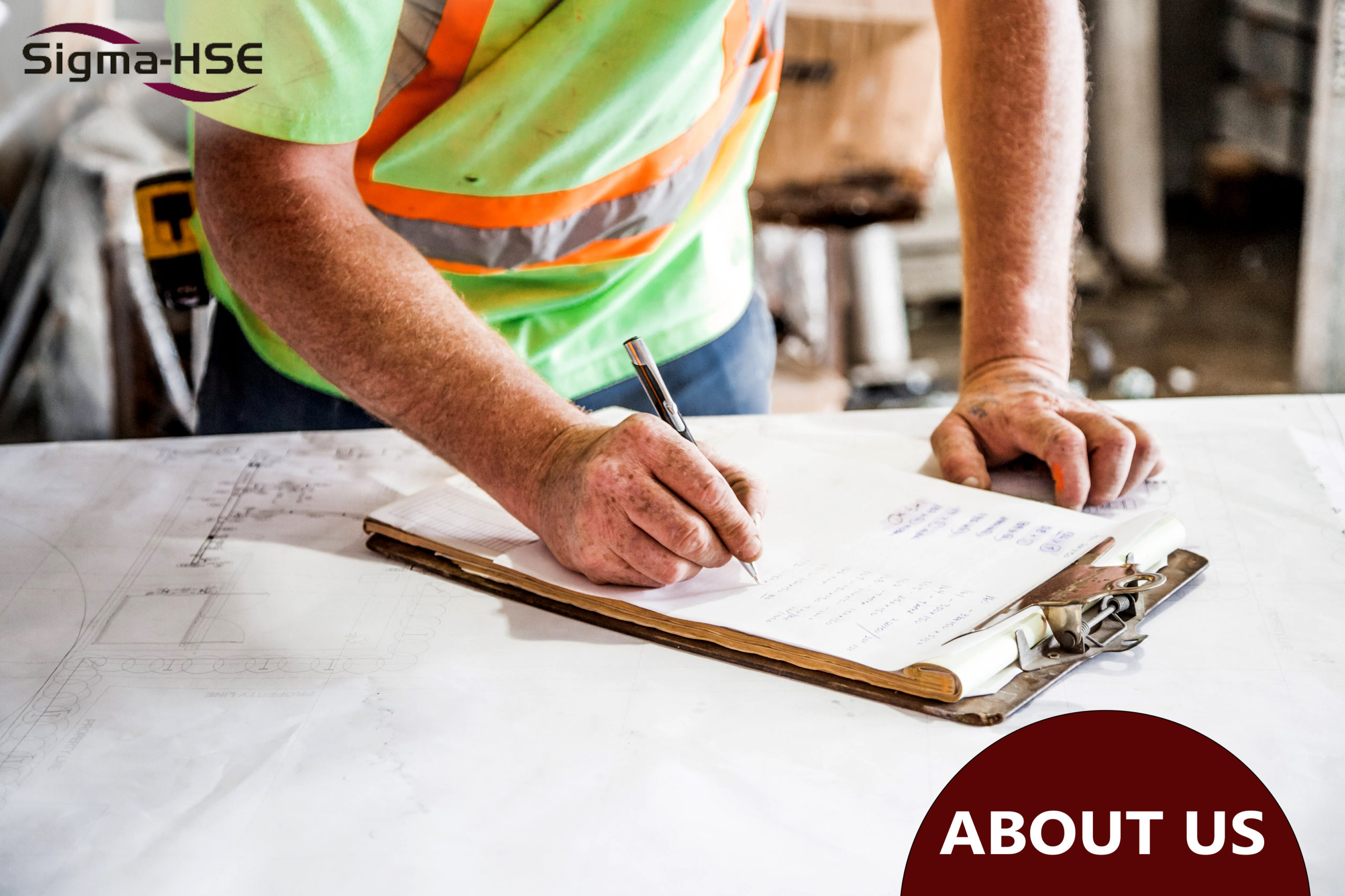
Decades of Combined Process Safety Experience
Benefits of Sigma-HSE Services
The service offered by our experienced team at Sigma-HSE, is much more than a standalone test result.
- Over 100 years of combined testing and consultancy experience to ensure that our accurate and methodically generated test data is applied to your process safety applications correctly to protect your staff, your site, the environment and your brand reputation
- Free technical advice to ensure the correct solution is selected for your needs
- Complementary after sales support, to ensure you are happy with the data and understand the implications for you project
Practical and cost-effective interpretation is where Sigma-HSE Consulting Engineers can also bring a wealth of expertise from many years’ experience providing process safety solutions to national and multi-national companies. Our range of Process Safety Consultancy services extends to:
ATEX / DSEAR
- Hazardous Area Classification (HAC)
- Hazard & Risk Assessment
- Basis of Safety Definition
- Electrostatic hazards
- Data Interpretation
- Dust Vent Calculations
- Vapour Calculations
- EPD
- Mechanical & Electrical Equipment Ignition Risk Assessment
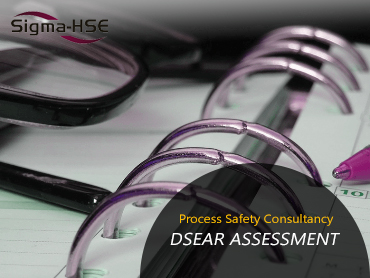
DSEAR Assessment
Seveso III / COMAH
- Major Accident Prevention Policy (MAPP)
- Occupied Building Risk Assessment (OBRA)
- Safety Management Systems (SMS)
- Environmental Assessment
- Emergency Response
- Safety Report Assessment Manual (SRAM)
Specialist Safety
- Quantitative Risk Assessment (QRA)
- Hazards & Operability Study (HAZOP)
- Process Hazard Assessment (PHA)
- Hazard Identification Study (HAZID)
- Layers of Protection Analysis (LOPA)
Functional Safety
- Safety Instrumented Systems
- Safety Integrity Level (SIL)
Health & Safety
- Occupational Safety
- Control of Substances Hazardous to Health (COSHH)
- Provision and Use of Work Equipment Regulations (PUWER)
Specialist Services
- Expert Audit Support
- Expert Witness
- Incident Investigation
Technical Training
Bespoke in-house training covering:
- Dust Explosion Hazards
- Fire & Explosion Hazards
- Electrostatic Hazards
- Establishing a Basis of Safety
- ATEX / DSEAR
- Hazardous Area Classification (HAC)
- Process Safety in your Plant
- Identifying Process Hazards
- COMAH / Seveso III
- HAZOP
- LOPA / QRA
- Incident / Near Miss Investigation
For further information on how Sigma-HSE can partner with your company to create a safer working environment
call our Technical Team on +44 (0)1962 840570.
A full list of services can be found on our website at www.sigma-hse.com.
Contact Details
Sigma-HSE (UK) Ltd, Unit 2 Moorside Point, Moorside
Road, Winchester, Hants., SO23 7RX
Tel: +44 (0)1962 840570
Web: www.sigma-hse.com
About Sigma-HSE (UK) Ltd
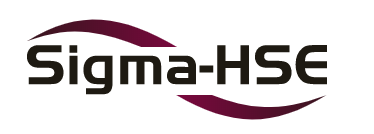
Sigma-HSE was formed in 2012 in Winchester, UK. Our vision is to provide a single source of expert knowledge regarding process safety in the work environment. Our broad range of consultancy services include, ATEX/DSEAR Assessments, HAZID/HAZOP Studies, SIL/LOPA Assessments. We have the expertise to facilitate COMAH needs and to meet Process Safety Management requirements.
Sigma-HSE is a fast-growing organisation in the fields of health & safety and the environment, with bases in Europe, Asia and the Middle East, and have associated partnership in USA.

EXPERTS IN EQUIPMENT FOR EXPLOSIVE ATMOSPHERES
leaders in ATEX Innovation To The Hazardous Area Industries
Thorne & Derrick are leaders in the development and distribution of Product Innovations that deliver significant improvements to clients plant, people and operational safety in the explosive atmosphere industries.
Your proactive problem solvers experienced in succession planning for the replacement of obsolete, non-conformant and legacy equipment in hazardous areas.
Your first-choice provider of innovative and competitive solutions to ensure ATEX & IECEx Compliance for Hazardous Area Electrical, HVAC & Process Instrumentation Equipment to UK and international projects.
Control Panels | Plugs | Isolators | Enclosures & Junction Boxes | Lighting | Control Stations | Motor Starters | Heat Trace | Gas Detection | Flame Detection | Process Instrumentation | Process Heating | Ventilation Fans | Security Access Control

Competitive Prices | Extensive Stocks | Technical Support | Express Delivery

